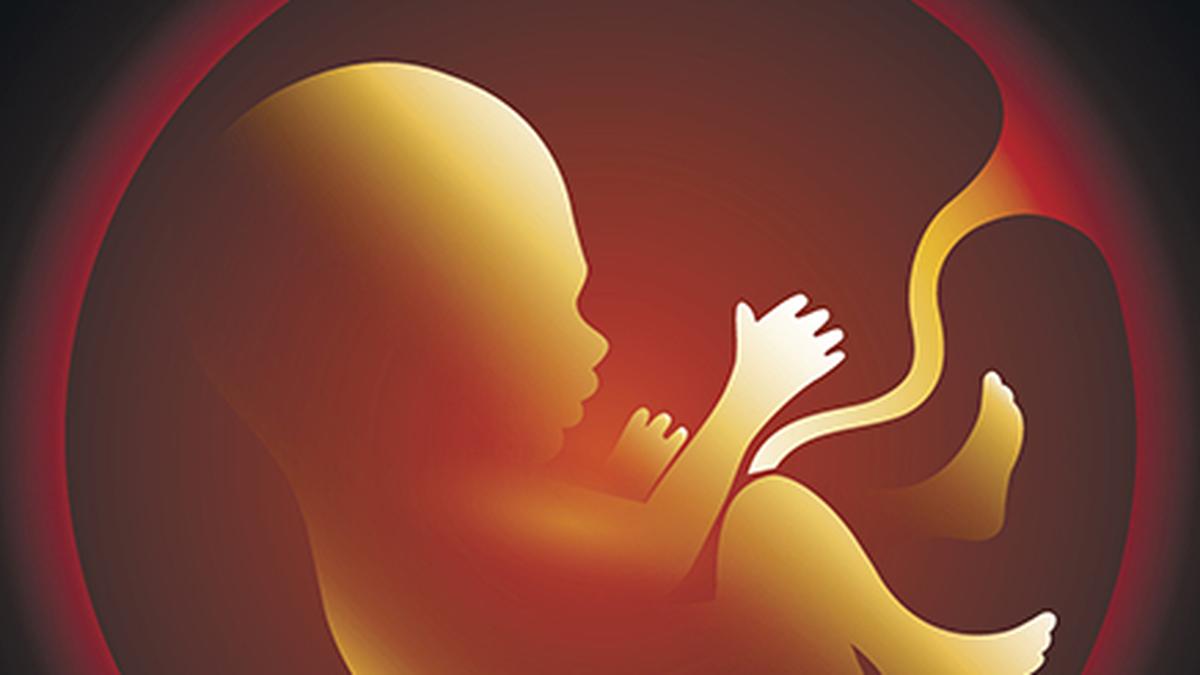A successful transplant can be a life-changing event for the woman who receives the uterus. Photograph used for representational purposes only
| Photo Credit: Getty Images/iStockphoto
Major advances in reproductive medicine have enabled women to have successful pregnancies and deliver healthy babies by adopting either IVF (in vitro fertilisation), which began in the late 1970s or ICSI (intracytoplasmic sperm injection ) in the early 1990s. No treatment is, however, available for women suffering from an absent or dysfunctional uterus, in terms of carrying a pregnancy. Approximately one in 500 women suffer from what is known as absolute uterine infertility, and the option so far, to become a mother has been to either adopt or utilise gestational surrogacy. Now however, there may be another option: uterine transplant surgery. A baby girl recently hit headlines, after becoming the first child in the U.K. to be born to a mother using a donated womb.
What is a uterine transplant?
A uterine transplant surgery can help women who do not have a uterus, to become pregnant and bear a child. A successful transplant can be a life-changing event for the woman who receives the uterus. This procedure is now being viewed as a fertility solution for women who are born without a uterus or women who have undergone a hysterectomy (uterine removal) either for a benign condition or a cancer. It is, however, a temporary transplant allowing one or perhaps two pregnancies. Removal of the transplanted uterus is generally recommended after the baby is born.
Women who wish to donate their uterus for transplantation to a female recipient should satisfy certain criteria. They should be between the age of 30-50 years and in good health. They should not be obese (body mass index < 30 kg/sq met ) and should not suffer from diabetes. A history of a cancer and treatment for it in the donor within the last five years is a contraindication. The donor should not have HIV, Hepatitis B, C or any other sexually transmitted infection.
Uterine transplantation should and can be performed only by a trained gynaecologic transplant surgeon. She/he has to undergo extensive training and certification in the procedure. Complete healing has to be ensured after the procedure before a pregnancy can be attempted. Typically, a minimum of 6 months of recovery after transplant surgery is recommended.
What is the global scenario?
More than 100 womb transplants have been carried out worldwide, with at least 50 babies thought to have been born as a result.
The first successful birth after a transplant took place in Sweden in 2014 . A boy, Vincent, was born to a 36-year-old woman. More recently in February of this year, a baby girl was born by caesarean section at Queen Charlotte’s and Chelsea Hospital in London.
The first uterine transplant performed in India took place on May 18, 2017, at the Galaxy Care Hospital in Pune, Maharashtra. A 26-year-old patient had been born without a uterus, and received her mother’s womb as a transplant. India’s first uterine transplant baby, weighing 1.45 kg, was delivered through a Caesarean section the hospital, in October 2018.
The overall success rate of in terms of graft survival is 74%. This translates to more than 50% of mothers who received uterine transplant giving birth to term live babies. No congenital abnormalities were reported in these babies.
A successful uterine transplant can be a great boon. Miracles never cease, but when miracles are based on strong scientific evidence, they continue to inspire awe and joy.
(Dr. A. Jaishree Gajaraj is a senior obstetrician-gynaecologist based in Chennai. [email protected])
Published – April 21, 2025 10:41 am IST
